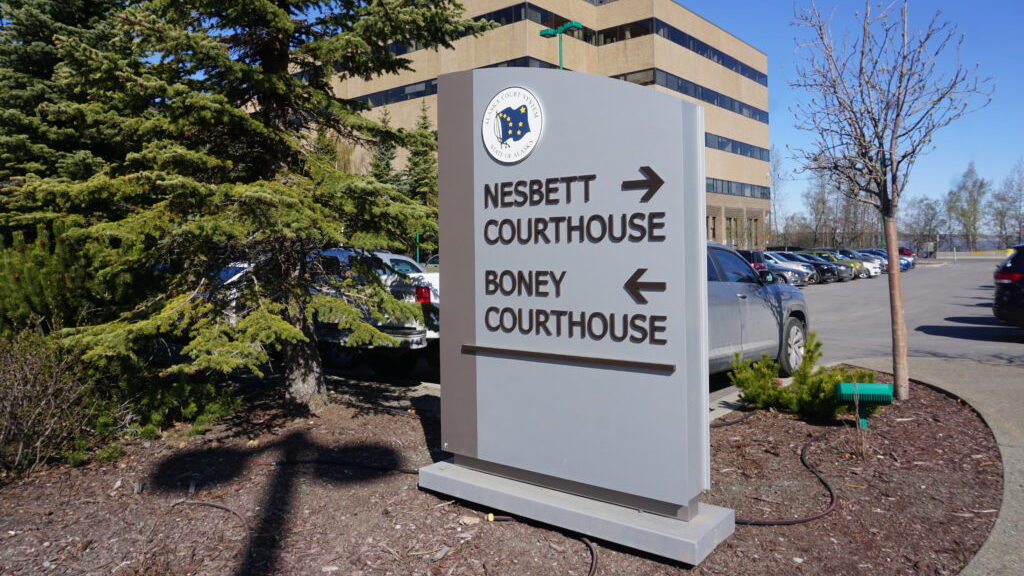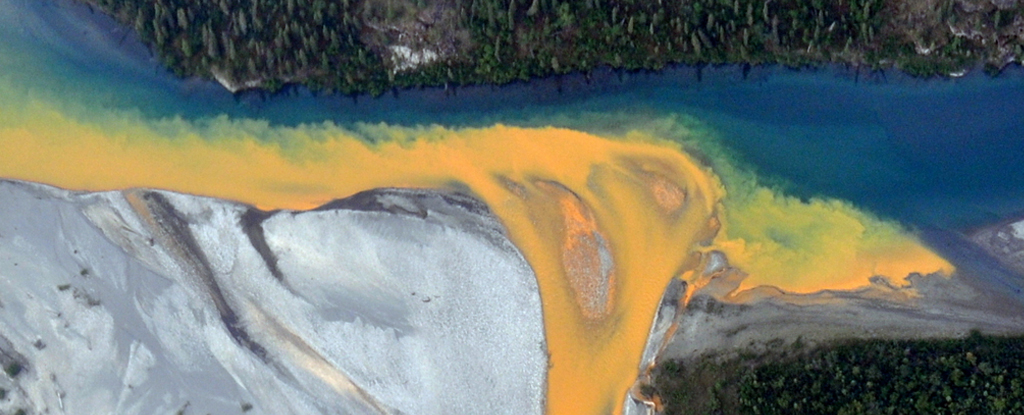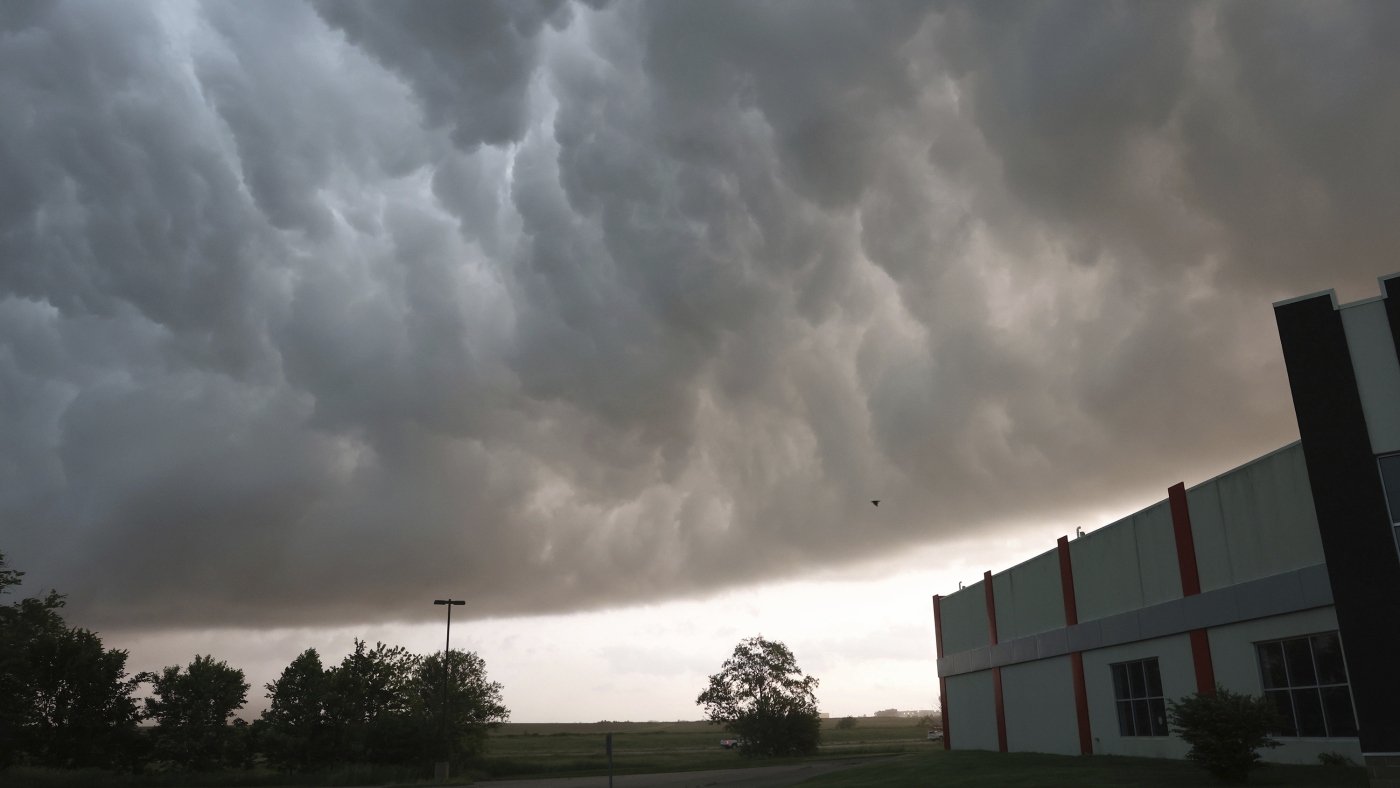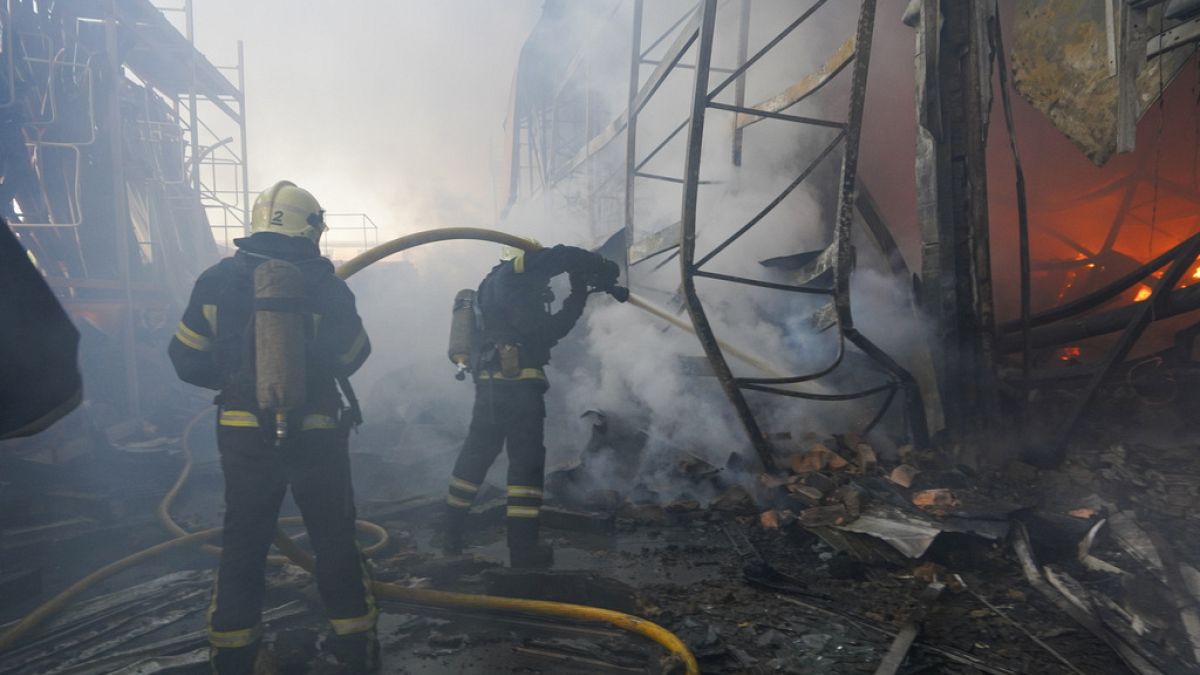Public comment and protest ends on Tuesday for a major draft policy document that could guide the management of 13.3 million acres of federally managed public land in Interior and Northern Alaska.
According to the Bureau of Land Management, the document responds to “significant resource changes that have occurred in the Central Yukon Planning Area in recent decades.”
The Central Yukon Area covers 56 million acres of federal land, including the 13.3 million acres managed by the BLM.
Six alternatives were considered and the BLM’s recommended option would strive to balance environmental and recreational protections with rights-of-way access and mineral development.
“These lands are important for all Alaskans, supporting a major transit and commerce corridor and home to subsistence resources that are vital for rural communities, including Alaska Native people,” said Alaska State Director Steve Cohn in an April statement. “This proposed plan is the result of over a decade of discussion and input from tribes, cooperating agencies, and stakeholders, and positions us to manage these lands for the benefit of Alaskans, today and into the future.”
The BLM first started groundwork and studies in 2017 under the Obama administration to balance resource development and environmental protections in Alaska. However, the plan underwent drastic modification under the Trump administration when the former president sought to open nearly all the 13.3 million acres to oil, gas and mining development.
The Biden administration reversed course to add back in protections for subsistence resources for Alaska communities, wildlife and fish habitat.
“There are some pretty major changes to this final version,” said BLM spokesperson Teri Balser. “Those changes are driven from public comments and complications from tribes.”
Of the proposals, dubbed A, B, C, D and E, Alternative E, the proposed action, could designate 3.6 million acres as critical environmentally sensitive areas, another 746,000 acres as core caribou habitat areas and 4,600 acres for Dall sheep habitat.
“These protections will support important subsistence species Alaskans depend upon, including caribou, salmon, sheefish, and Dall sheep,” the BLM stated. “The plan further supports healthy landscapes by committing to incorporating local and Indigenous knowledge and exploring co-stewardship opportunities as the plan is implemented.”
The plan’s proposed option “meets the demand for increased recreation opportunities in the front-country and backcountry, protecting backcountry conservation areas and creating special recreation management areas along the Dalton Highway.”
The BLM’s preferred option would keep 8.3 million acres open for the mining of metals such as gold, silver, lead, zinc, copper, platinum and iron. About 12 million acres could still be used for sand and gravel development options.
Recreationally, the plan includes three special recreation management areas (including Yukon River Crossing and Dalton Highway corridor, two backcountry conservation areas and an enhanced recreation management area.
“The plan will also help guide appropriate development,” the BLM stated in its news release. “The proposal meets the demand for increased recreation opportunities, protecting backcountry conservation areas and creating special recreation management areas along the Dalton Highway.”
The general recreational principles include limiting nonpermitted camping outside designated areas to 14 nights per site, enforcing the “leave no trace” provision, and limiting firewood collection to dead or downed trees.
The plan would also propose to open 11.1 million acres to be eligible under the Alaska Native Vietnam Veteran Land Allotment Program. Sen. Dan Sullivan and Lisa Murkowski pushed through legislation in 2019 that allows Alaska Native Vietnam War veterans who served between Aug. 5, 1964, and Dec. 31, 1971, to apply for Native land allotments.
A 1906 congressional provision used to allow Alaska Natives to acquire parcels of up to 160 acres. The 1971 Alaska Native Claims Settlement Act eliminated the allotment rights, at a time when thousands of Alaska Natives were serving in the military. The 2019 law breathed new life into the option for Alaska Natives who could not benefit from the program while serving in the military. The Trump administration opened up 2 million acres for allotments and the Biden administration greatly expanded it to 28 million acres in 2021. However, the available land comes with the caveat that they are in remote areas of the state, far from roads, airports or even rural villages.
Sullivan has been vocal in calling out the Interior Department for delays in seeing Vietnam-era Alaska Native veterans get their allotments and has pushed to expedite the process.
Additional allotments recommended the Central Yukon plan would require partial revocation of publicly withdrawn lands and require continued conversation with the state of Alaska on withdrawn land along the Dalton Highway. Alaska’s Congressional delegation and Gov. Mike Dunleavy have pushed the Biden administration to accelerate the application process.
“Opening up some of those withdraws is only a recommendation in the plan,” said Balser, the BLM spokesperson. “The BLM doesn’t have the authority for opening up withdraws. That is decided by the Secretary of the Interior.”
The BLM expects to release its final record of decision later this year, but Balser said there’s no firm date.
“Part of the final decision release date depends on what comes out of protest period comments,” Balser. “It could take time to make any final changes.”


:quality(70)/cloudfront-us-east-1.images.arcpublishing.com/adn/KSB3G3NFTFBFJPSKXTOKSZZSF4.jpg)
:quality(70)/cloudfront-us-east-1.images.arcpublishing.com/adn/2GWZCU6K5FEBLL5CQ6BIYCSQBM.jpg)

:quality(70)/cloudfront-us-east-1.images.arcpublishing.com/adn/SQERZJ7FVNDNLPZJHJPW53SMOA.jpg)


























